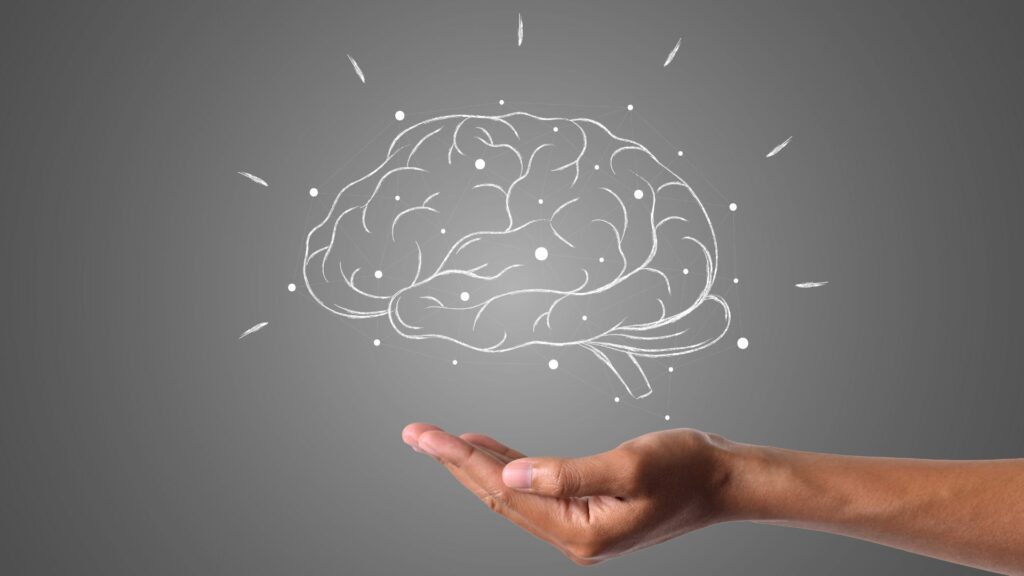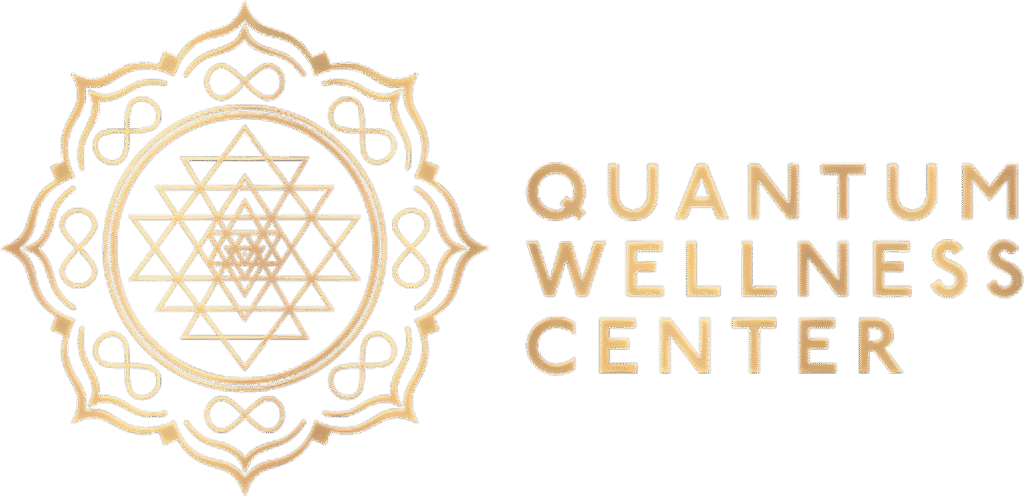The Human brain is central to the body’s healing process, influencing everything from immune responses to tissue repair. Its ability to adapt to injury and stress makes it a key player in recovery, yet its role is often overlooked.
In this article, we’ll explore how the brain supports the body’s recovery and what we can do to optimize its potential.

Healing Through the Nervous System
The brain regulates healing through the nervous system by sending signals that coordinate the body’s processes, such as immune responses and tissue repair. Through complex neural pathways, it directs organs, tissues, and cells to respond to injury or illness. A key structure in this process is the brainstem, which controls essential functions like heart rate, blood pressure, and breathing.
Maintaining these vital processes ensures that the body’s internal environment remains stable, creating optimal conditions for recovery. For instance, proper regulation of blood flow supports the delivery of oxygen and nutrients needed for tissue repair, while a stable heart rate and breathing help prevent complications during healing. Without this regulation, the body’s ability to heal effectively would be compromised.
Neuroplasticity and Physical Recovery
Neuroplasticity is the brain’s ability to reorganize and form new neural connections in response to injury or illness. This process is vital, allowing the organ to compensate for lost or impaired functions. After injuries such as stroke or traumatic brain injury (TBI), the brain reroutes neural pathways to restore functions like motor control and sensory processing. For example, if motor function is lost on one side of the body due to a stroke, the brain may recruit unaffected areas to take over those tasks, restoring movement and sensation.
Neuroplasticity is further supported by rehabilitation therapies like physical and occupational therapy, which help retrain neural pathways and speed recovery. Therapies such as constraint-induced movement therapy, which forces the use of the affected limb, have been shown to accelerate neuroplasticity and restore motor skills by encouraging new brain connections.
One additional therapy that enhances neuroplasticity is Repetitive Transcranial Magnetic Stimulation (RTMS), a non-invasive treatment that stimulates specific areas to accelerate healing, particularly after injuries or strokes.
This ability to reorganize not only helps recover brain function but also plays a critical role in broader recovery, aiding muscle regrowth, tissue repair, and overall physical healing.
Stress Regulation
Chronic stress can impede healing by raising blood pressure, increasing inflammation, and suppressing immune function. However, the organ actively manages this stress through mechanisms like vagus nerve activation and modulation of the hypothalamic-pituitary-adrenal (HPA) axis.
Reducing stress hormones such as cortisol help lower inflammation and mitigate the fight-or-flight response, creating a balanced internal environment conducive to recuperation. For example, by reducing cortisol levels, the brain supports the immune system, allowing it to function optimally during restoration. This regulatory role ensures that stress does not interfere with tissue repair or the body’s ability to recover from injury or illness.

Movement Recovery and Tissue Repair
The brain plays a crucial role by controlling movement, which is essential for the recovery of physical injuries like fractures or soft tissue damage. Regions such as the motor cortex and prefrontal cortex coordinate motor functions and facilitate the retraining of muscles. These areas help restore mobility, prevent muscle atrophy, and ensure that the body regains its full range of motion.
Movement is not only necessary for rebuilding muscle strength but also aids in blood flow to the injured area, promoting the delivery of oxygen and nutrients that are crucial for tissue repair. Through these processes, the brain helps optimize restoration, ensuring that movement becomes more fluid, coordinated, and restorative over time.
The Mind-Body Connection
Emotional well-being, mindfulness practices, and cognitive-behavioral therapy (CBT) help regulate responses to stress, fostering a calm and focused state that benefits physical restoration. These mental health strategies focus on emotional regulation and cognitive shifts, creating an internal environment conducive to recovery. For example, mindfulness can reduce the emotional burden of pain, while CBT helps reframe negative thought patterns that may slow recuperation.
Cultivating positive mental states reduces the production of stress hormones like cortisol, lowers inflammation, and promotes immune function. This enhances the body’s ability to heal from injuries, manage pain, and restore overall health. Research shows that individuals with better emotional well-being tend to experience faster convalescence, fewer complications, and improved outcomes. In this way, the mind-body connection plays a fundamental role in optimizing the body’s natural healing processes.
Final Thoughts from Quantum Wellness Center
The brain is crucial to physical recovery, driving processes like immune function, stress regulation, and neuroplasticity.
At Quantum Wellness Center, we understand that nurturing brain health is foundational to emotional, cognitive, and physical well-being. Through innovative therapies like rTMS, we help awaken the brain’s natural capacity to repair and restore itself, offering a non-invasive path to renewed clarity, energy, and emotional stability. Embracing this holistic approach empowers individuals to not only treat symptoms but to support long-lasting transformation from within.



